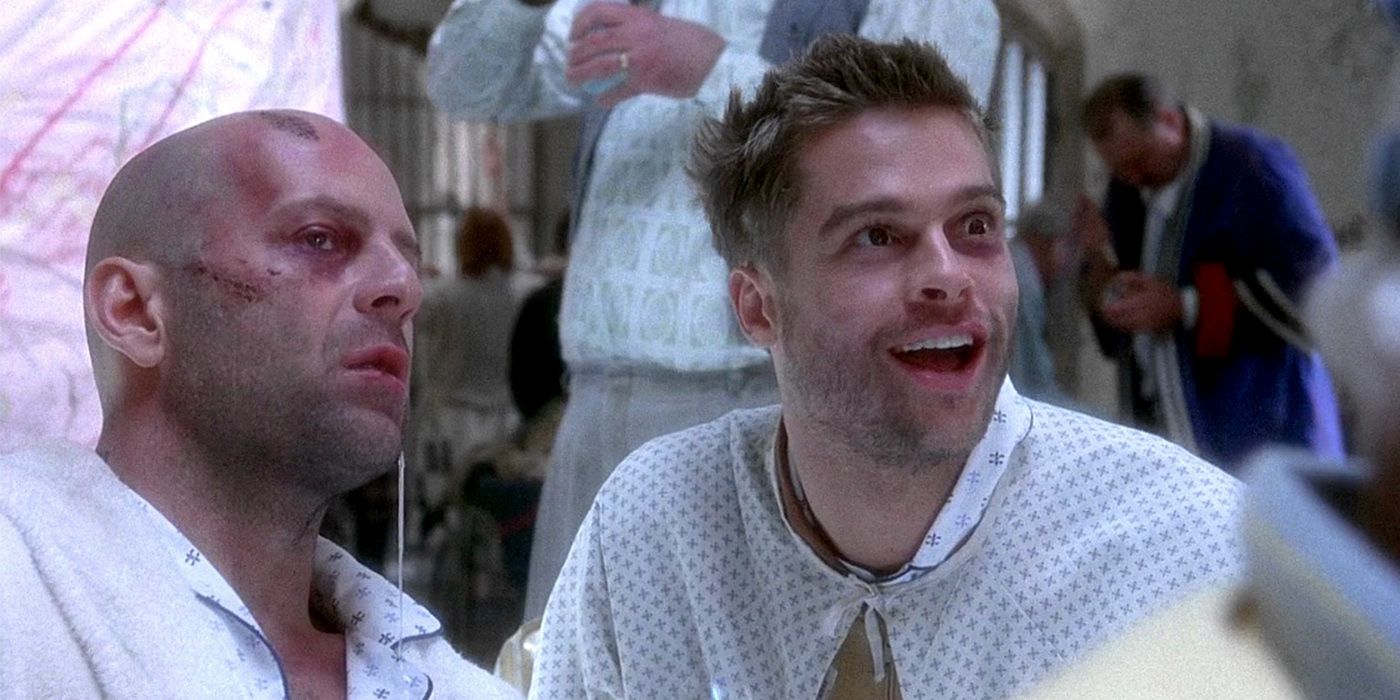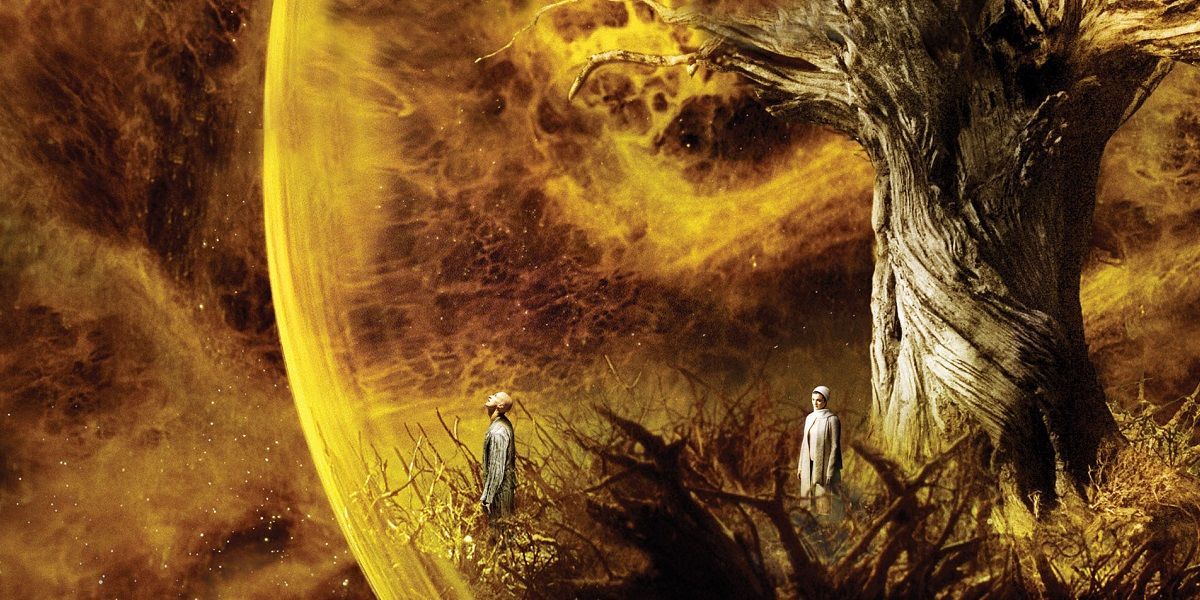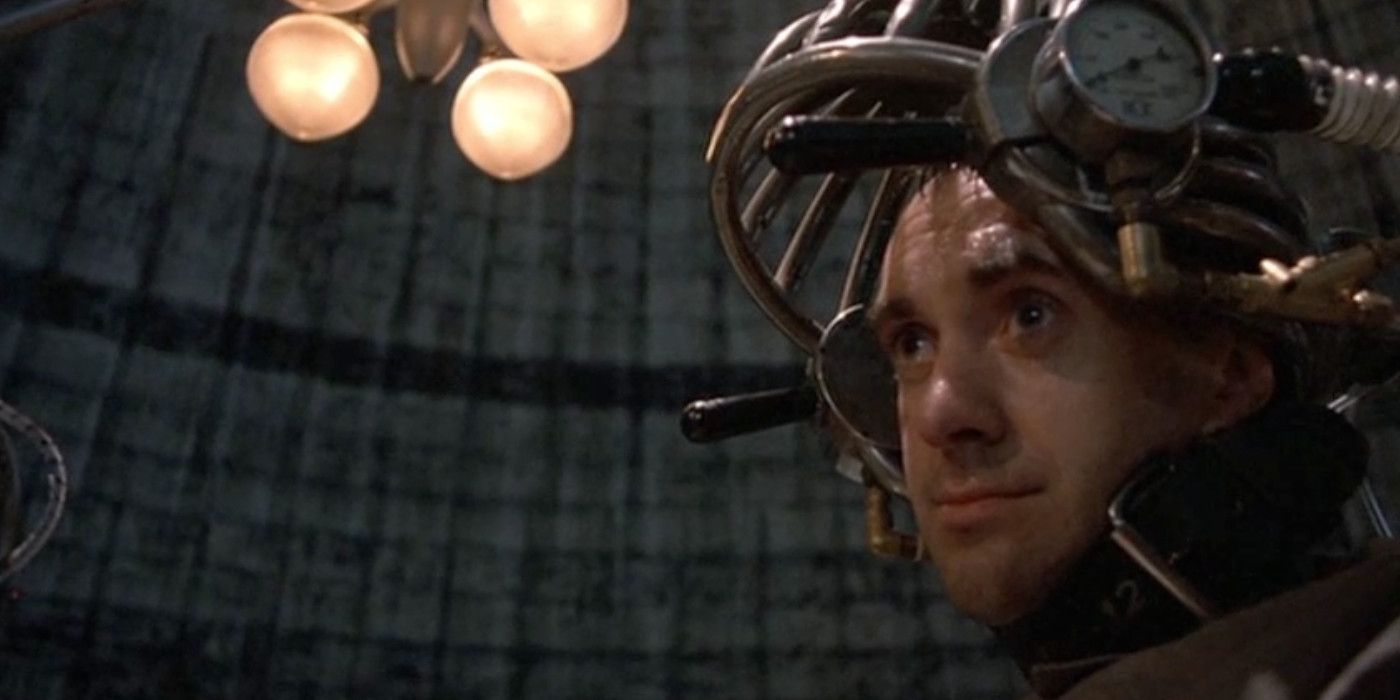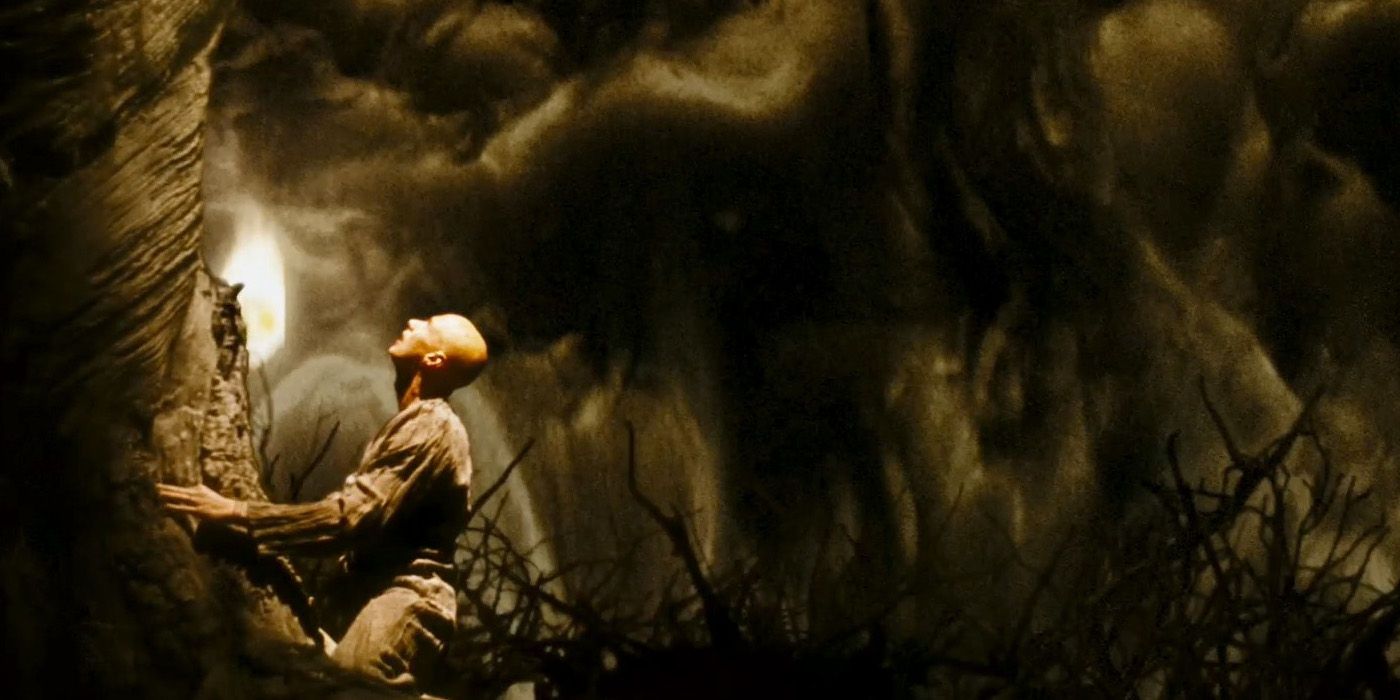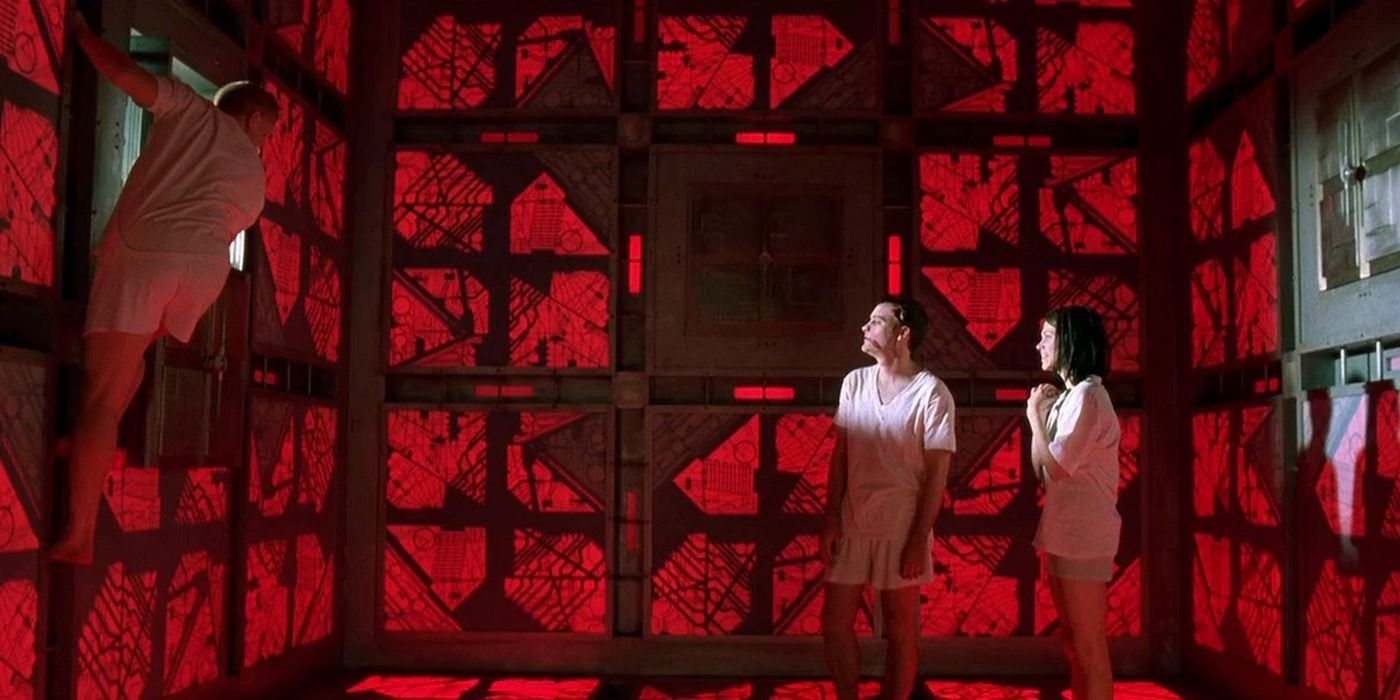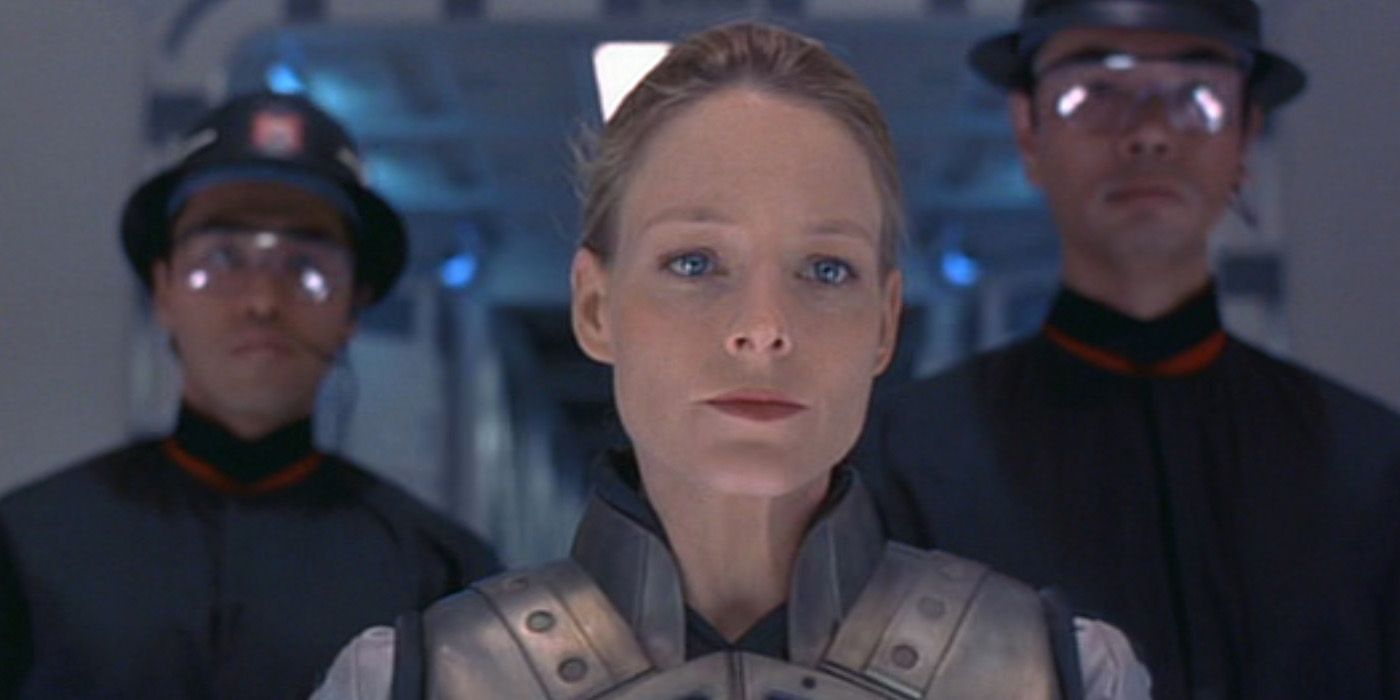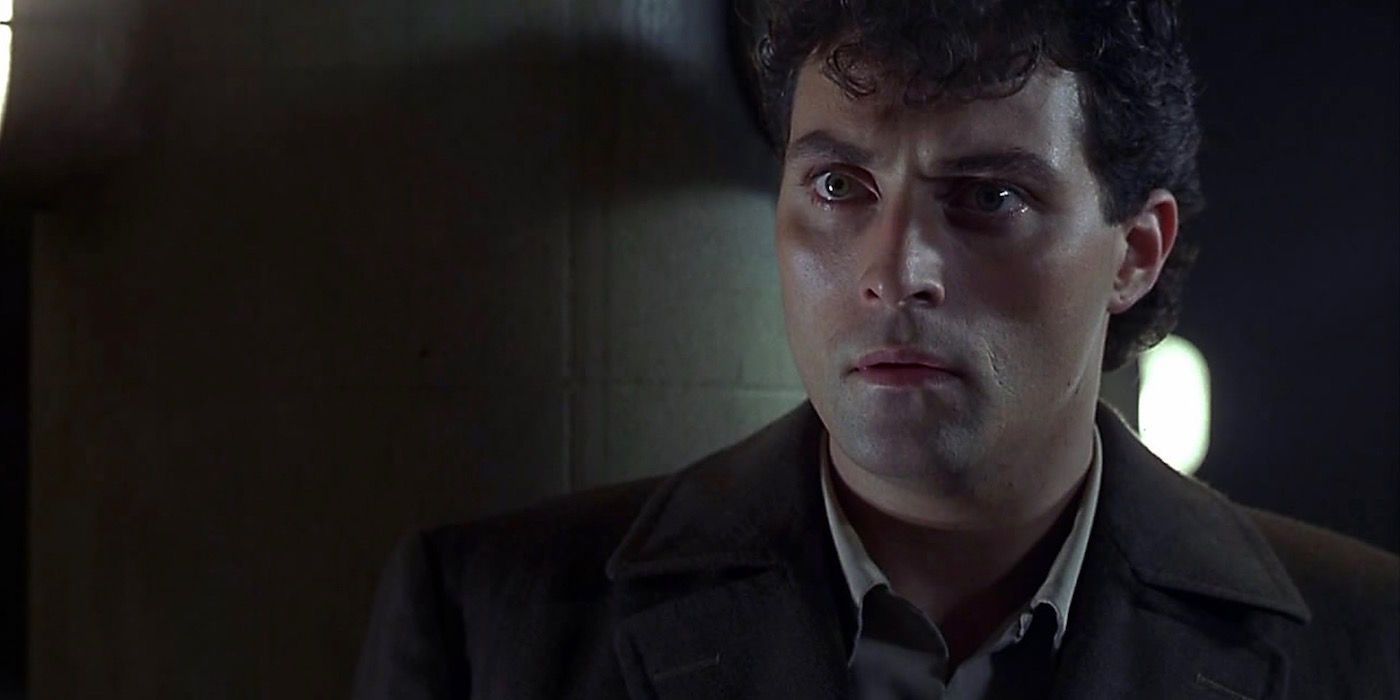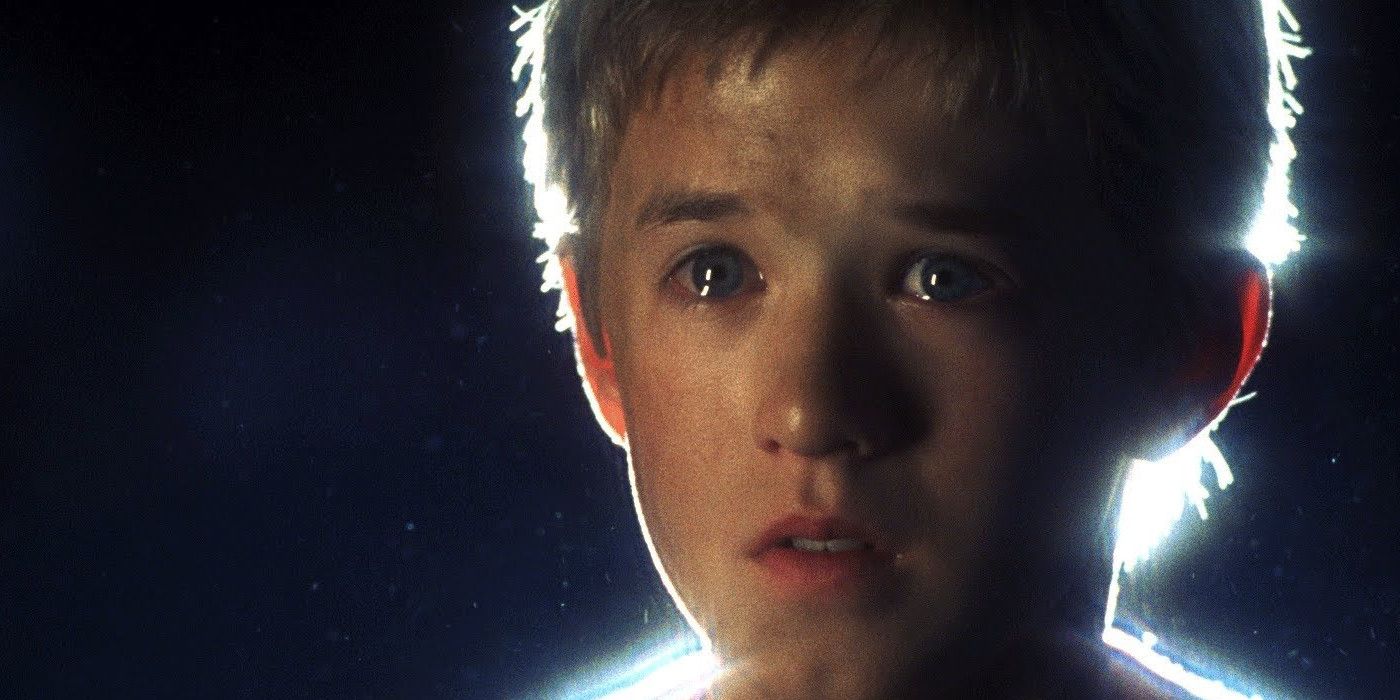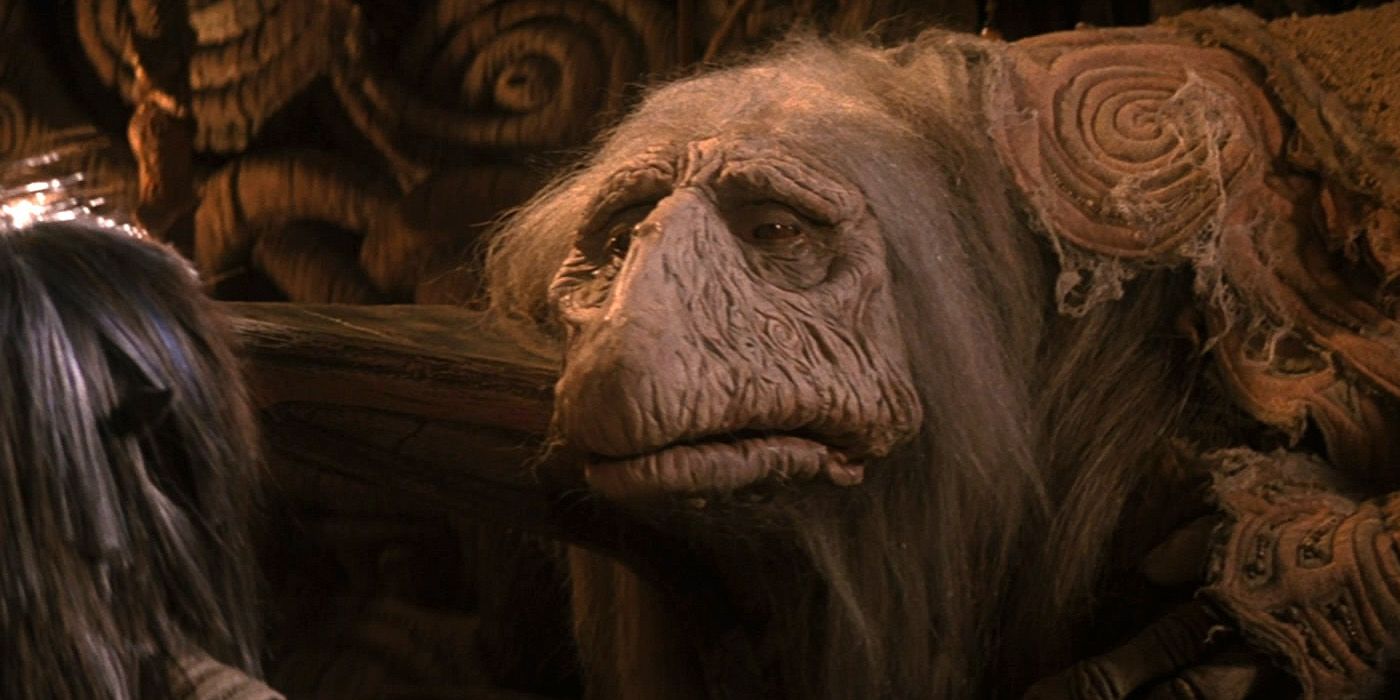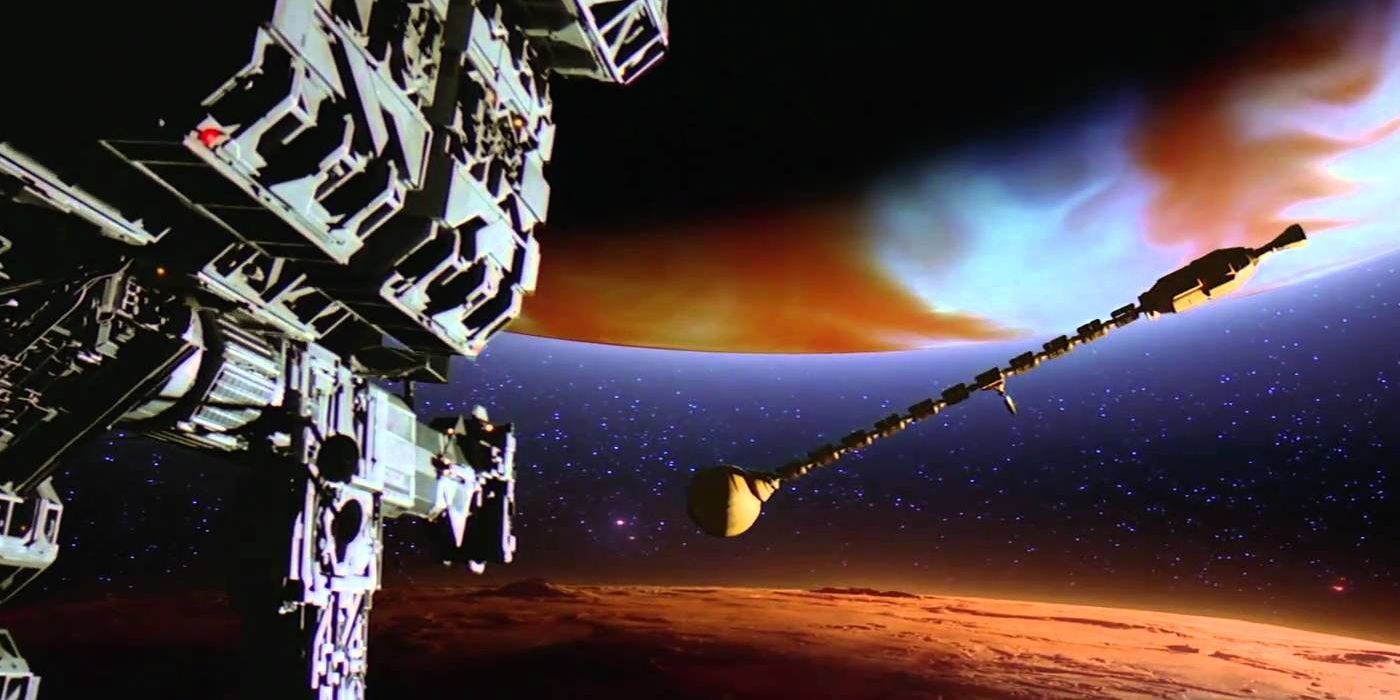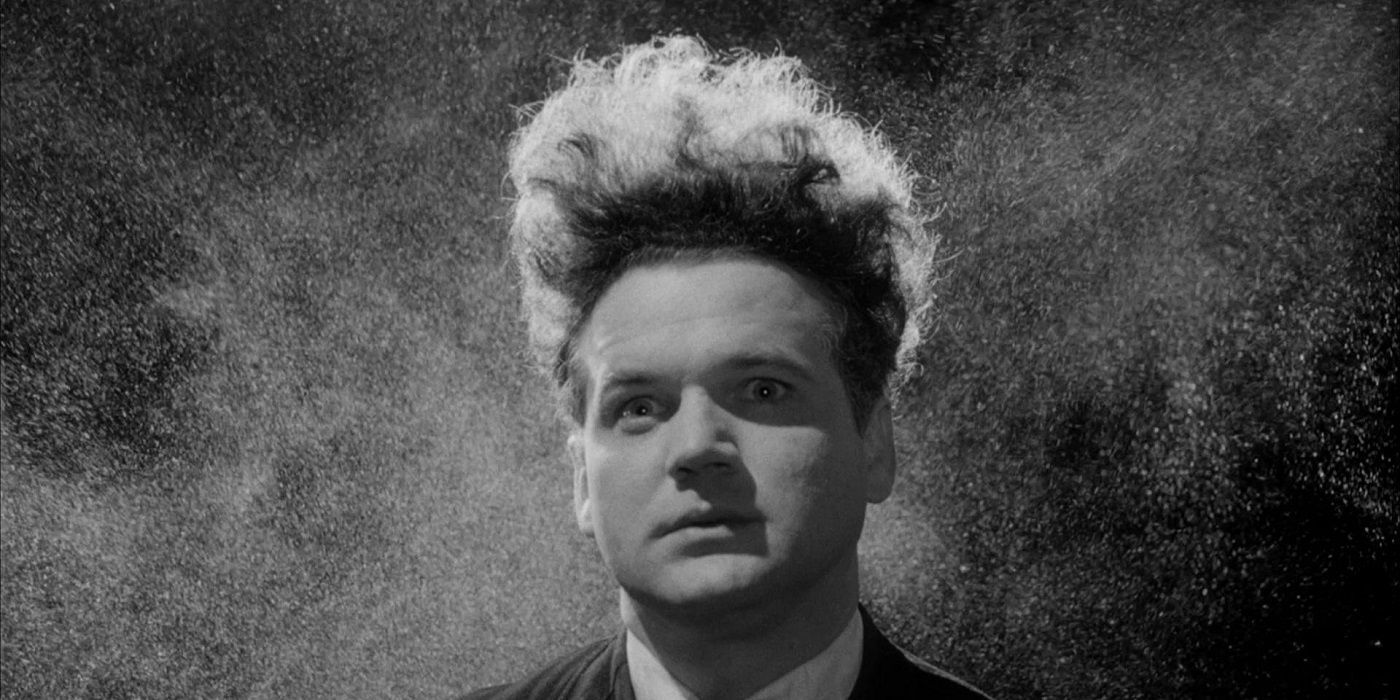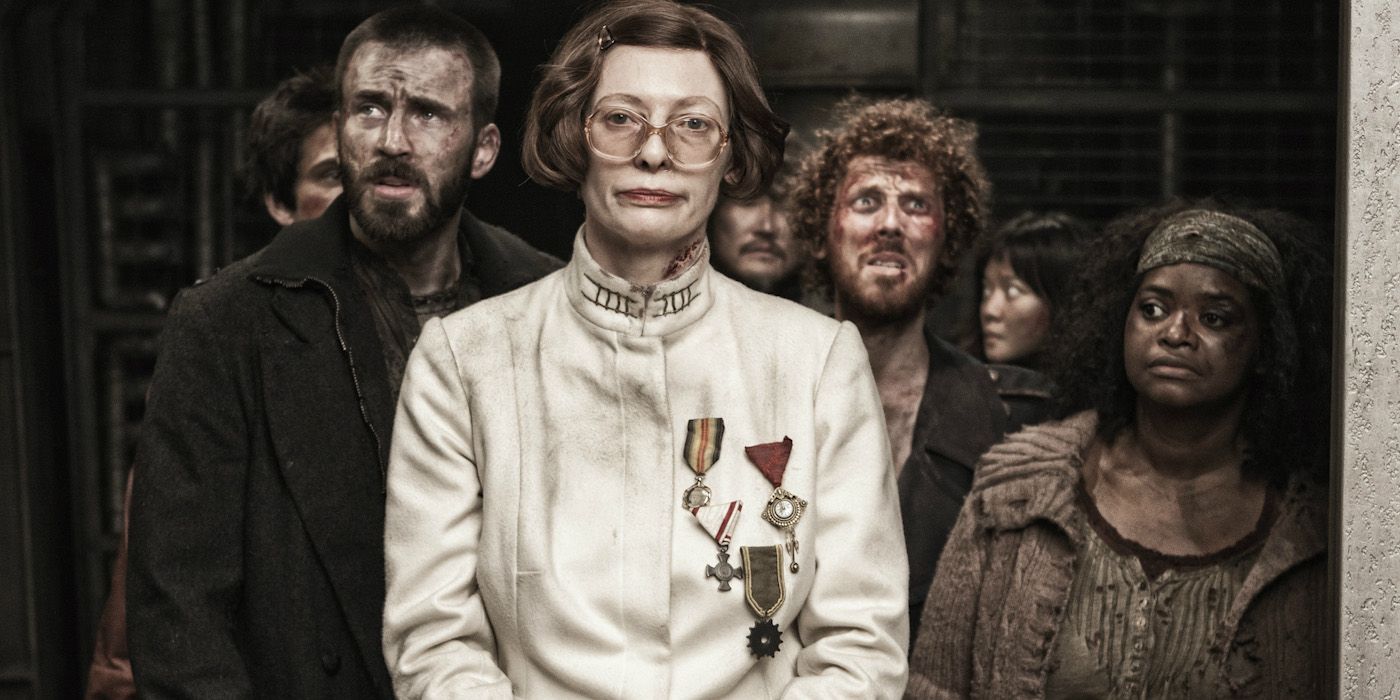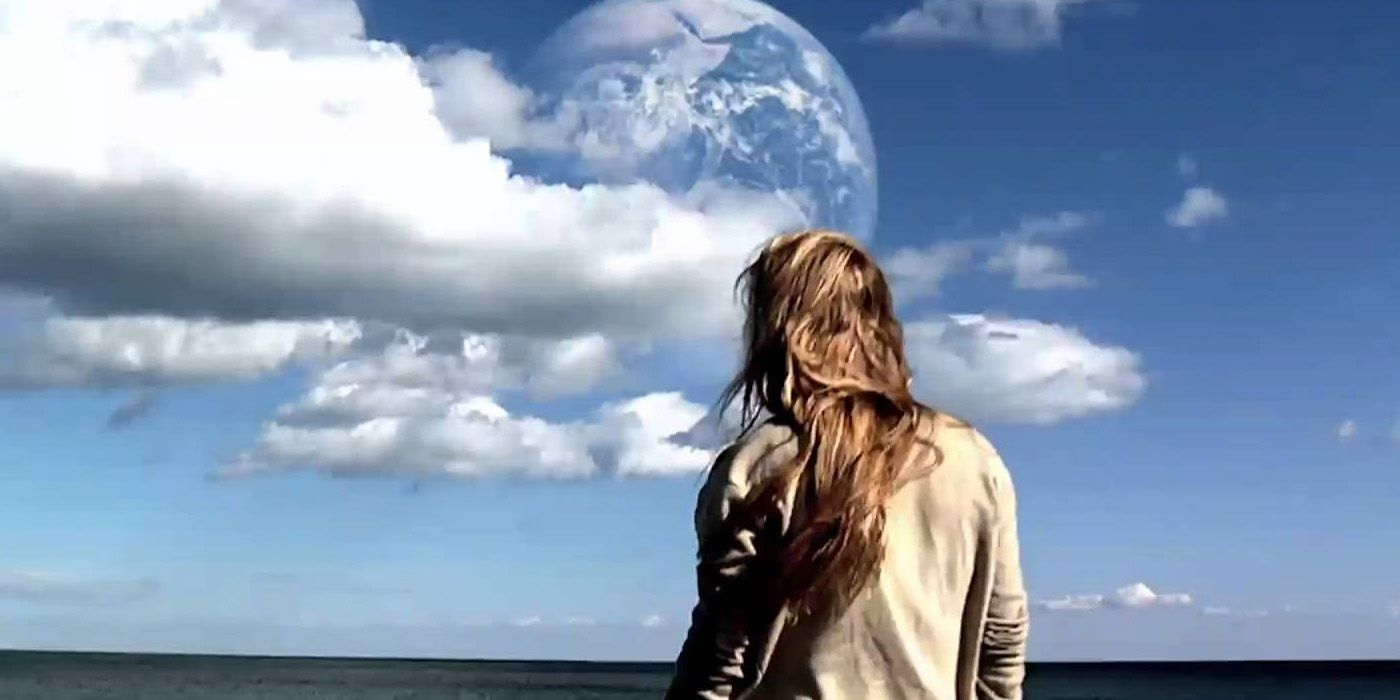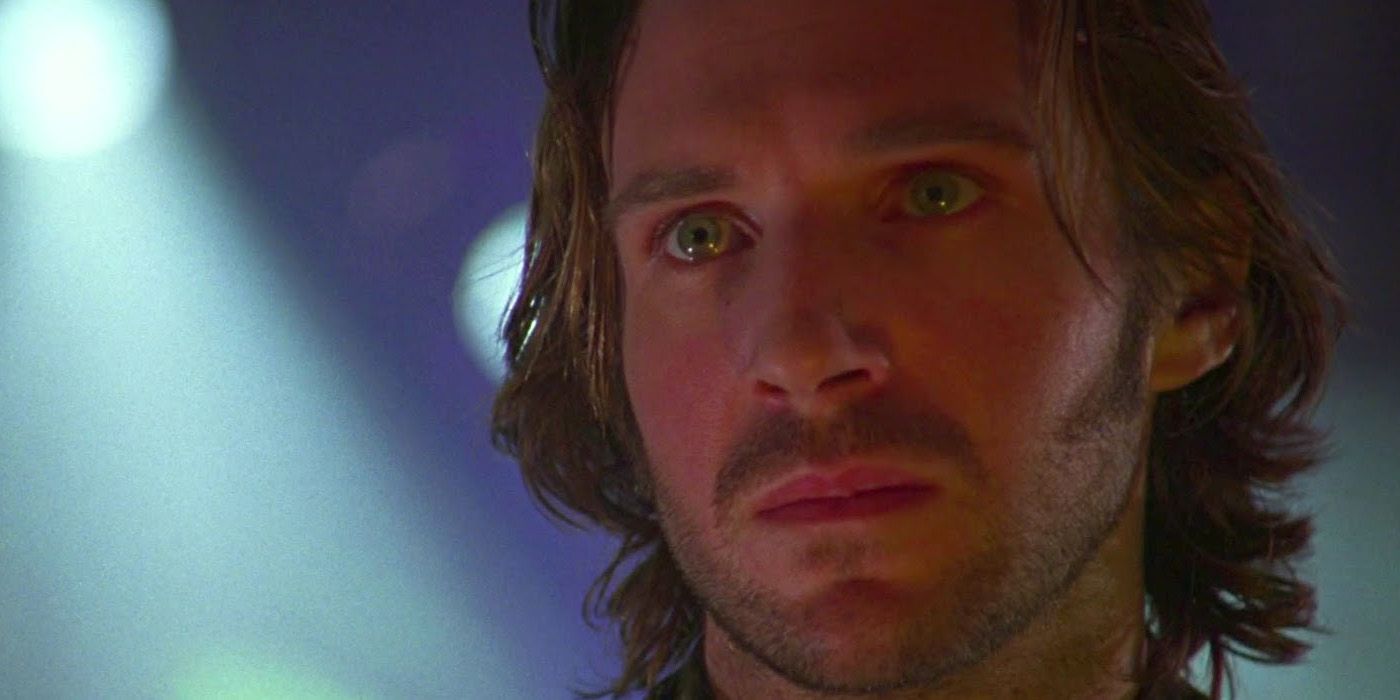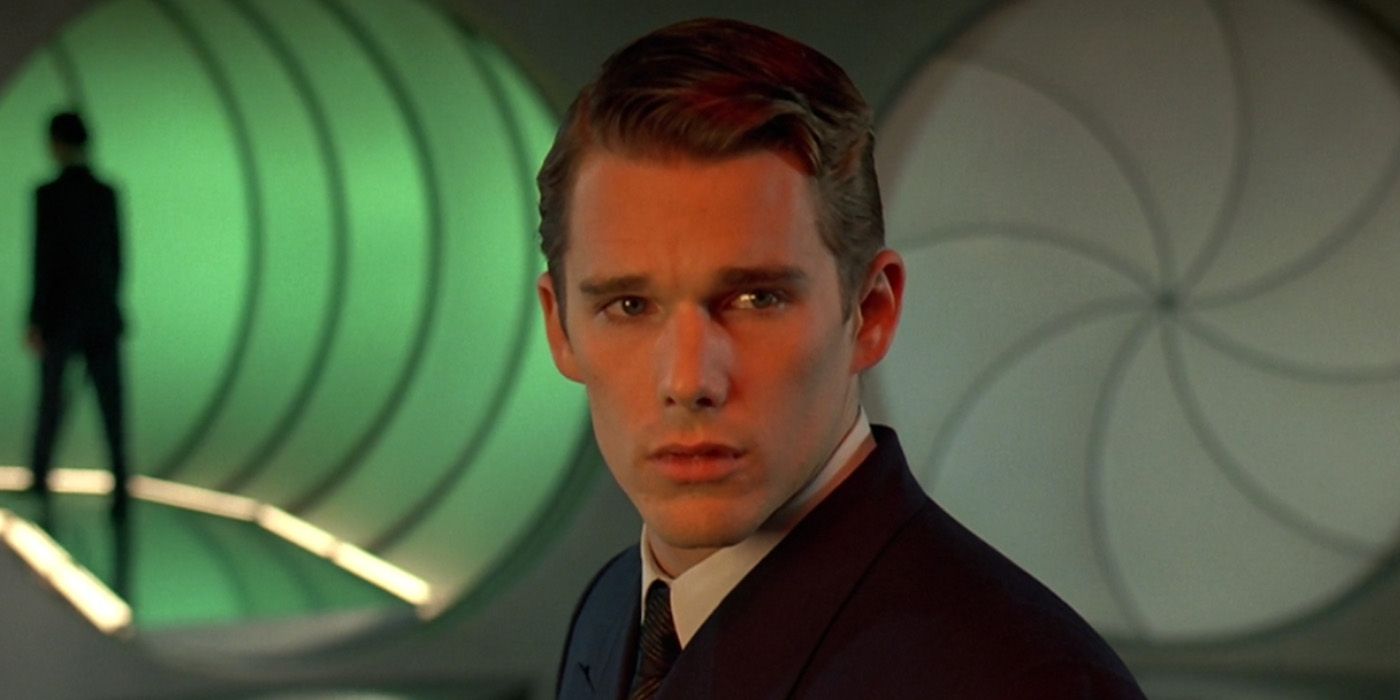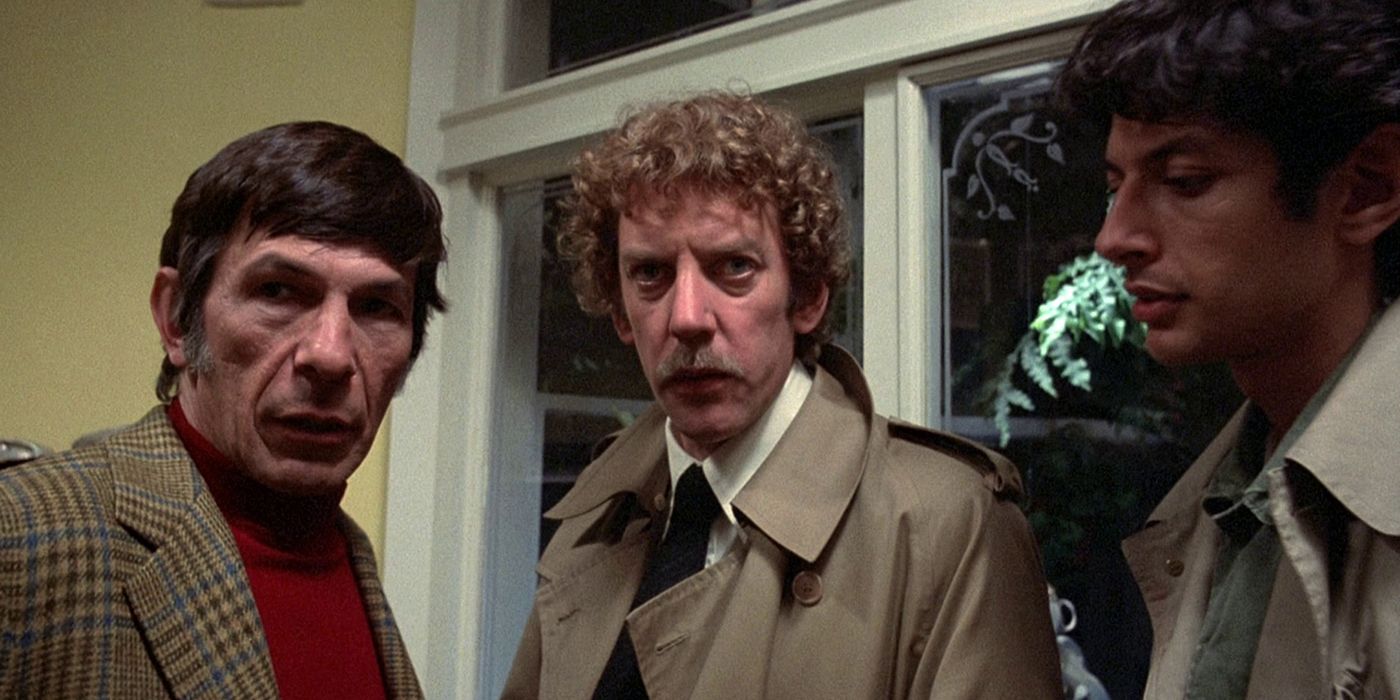With Star Wars revived, Star Trek rebooted and more installments of the Alien series on the way, science fiction reigns at the box office. In an era of computers, smartphones, Siri, and digital everything else, technology shapes our lives more than ever before, and moviegoing audiences have more of a taste for the fantastic and surreal images of sci-fi than ever before. Sci-Fi movies, are, of course, nothing new. Since the earliest days of film, directors and writers have tried to explore new realities by mixing tech and fiction. While some sci-fi outings become instant classics, others fade from view. For a select few, that’s a disservice.
Some films like Tron, Blade Runner, or The Thing fell through the cracks and audiences of their time dudn’t connect with them. One of the many virtues of home media is that it allows cinephiles, like those of us here at ScreenRant, to go back and reevaluate movies that get overlooked during their box office run. The titles contained herein didn’t attract audiences of their day, or fell out of the public consciousness. That’s a shame—each one is a masterpiece of sci-fi cinema in its own right.
Think you know them? Check out our list of The Greatest Overlooked Sci-Fi Masterpieces.
15. Brazil
Terry Gilliam gets little respect in Hollywood as a visionary director, which is our loss. The man has made some spectacular films, including the little-seen masterpiece Brazil. A sort of dark comedy take on Orwell’s 1984, the movie boasts a cast that includes Bob Hoskins, Robert DeNiro, Jim Broadbent, and—in a rare leading role—Johnathan Pryce. Set in a weird dystopian future populated by skyscrapers, secret police and a lot of air ducts, Brazil follows one man’s obsession with finding the woman of his dreams.
Sporting astonishing art direction, and a script that plays even more timely in a world of paranoia (the movie’s take on terrorism is especially prophetic, and hilarious), Brazil confused audiences in 1985 with its bizarre ending—another 1984 parallel. Unlike that novel, Brazil sees its ending as a happy one, owing to a frequent theme in all Gilliam’s work: crazy people are the happiest in the world!
14. The Fountain
Darren Aronofsky puzzled audiences and critics alike with his enigmatic The Fountain. Viewers were divided in their opinions of the film, regarding it as a modern masterpiece or a bombastic work of ego.
In truth, it’s probably both. Regardless, The Fountain holds a special distinction among modern sci-fi, as it doesn’t feature superheroes, space battles, or aliens. Instead of venturing into far outer space (though it does feature scenes in space), it probes human history and the depths of the human spirit. Set in three separate time periods, it features conquistadors searching for the fountain of youth, a man mourning his dying wife, and a bald guy eating a tree in space. It’s that kind of movie.
What’s really going on here? Are the couples reincarnations of one another? Parallel lives lived in parallel universes? The dreams of one another? Like the visual poetry of 2001: A Space Odyssey or Mulholland Drive, just when The Fountain seems poised to reveal its secrets, it recoils into an enigma.
13. Cube
This little seen sci-fi thriller became an instant cult film when it debuted in 1998. Shot on a single set with a group of unknown actors, Cube finds its characters kidnapped and held in a giant series of connecting cube rooms. How did they get there? What is the function of the cube? And how can they escape?
Cube adds tension to the proceedings by introducing a group of unstable characters, any of whom could end up dead at any time. The lack of stars in the cast only underlines that anything-goes quality. A higher-profile film with big-name actors in the leads would telegraph to the audience that their characters would live through, at the very least, most of the movie. Director Vincenzo Natali crafts a latter-day masterpiece using a simple sci-fi premise and building a mystery as frightening as it is captivating. The film also proves that even sci-fi movies don’t need ridiculous budgets or special effects to achieve greatness.
12. Contact
Audiences that saw Robert Zemeckis’ Contact in 1997 didn’t quite know what to make of it. The film did well at the box office but, though Oscar buzzed, he didn’t grant the film any major nominations. Maybe viewers accustomed to bloated space operas couldn’t stomach the film’s subtlety.
Based on the novel by astronomer Carl Sagan, Contact follows a brilliant scientist obsessed with discovering alien life. She discovers an ominous radio signal containing instructions to a mega-machine and the world goes nuts. What does the machine do? What do the aliens want? And how can humanity adapt to knowing that it is not alone in the universe?
Contact takes a realistic examination of the current state of civilization, and asks stark questions about how man would react to contact with aliens. In a post "War on Terror" world, certain developments that seemed ridiculous in 1997 feel almost inevitable now. Thoughtful, endlessly provocative, and utterly captivating, Contact deserves mention alongside classics like 2001 or Close Encounters of the Third Kind as a seminal sci-fi masterpiece.
11. Dark City
Viewers who have taken in Alex Proyas’ Dark City know that the Wachowskis, along with just about anyone else in Hollywood to make a sci-fi blockbuster in the past 20 years, should send the man a check! Little seen in its day but widely influential, Dark City deserves the same reverence and classification as Blade Runner. Both are overlooked masterpieces of sci-fi cinema.
Also, like Blade Runner, Dark City takes the neo-noir approach to sci-fi. In a city that never sees a sunrise, a group of bald, mysterious men wander about drugging its inhabitants and manipulating their memories. Just what do they want, and how does an anxious scientist (played by Kiefer Sutherland in a marvelous, pre-24 performance) fit into it all? Dark City raises questions about how memories affect our emotions and how our minds create our own reality. The incredible art direction of the movie, employing lots of scarlet lips, black leather trench coats, fedoras, and strange clockwork machines should have won an Oscar and gets rehashed just about everywhere today. For a stroke of moviemaking brilliance, take a visit to Dark City.
10. AI: Artificial Intelligence
This long-in-development collaboration between Steven Spielberg and Stanley Kubrick hit theatres in 2001. Boasting a remarkable cast, lead by Hayley Joel Osment, it left audiences frustrated and confused. Beautifully photographed and with two great performances by Osment and Jude Law, it offered a look into a technologically advanced world populated by companion robots. But what, if anything, was it trying to say about all of it?
Audiences puzzled over the last 10 minutes of the film, which found Osment’s robot protagonist David interacting with even more highly advanced robots, and scenes in which his human “mother” is cloned. After fifteen years of debate, the perhaps overly-subtle meaning has started to become clear. The robots of the future are programmed to love humans, which have long gone extinct. David actually knew humans, and therefore is a kind of cybernetic messiah to these sentient toasters. Taken in that way, the film examines the responsibility of humanity to its own creations. The movie might have been an instant classic upon its release had Spielberg focused more on the emotional attachments of humans to machines. But the director made a more unusual choice instead. Does that subtlety, or the focus on the plight of, well, A.I., make the film any less of a classic? No way!
9. The Dark Crystal
Now here’s a film that is totally, utterly, unique. The Dark Crystal served as Muppet-mastermind Jim Henson’s attempt to branch off into more serious and fantastic filmmaking. The movie tells its story with just puppets; no humans ever appear on the screen. The puppetry, and the choice to tell a dark sci-fi/fantasy story put off audiences who were expecting the whimsy and slapstick of the Muppets. After doing moderate box office numbers and receiving mixed critical response, The Dark Crystal fell by the wayside.
But the movie wouldn’t go away. After playing for years on cable, and with post-Lord of the Rings and Harry Potter audiences developing a taste for more cerebral, adult fantasy, The Dark Crystal started to gain the classic reputation it has long deserved. Surreal, strange, and mythic, its sci-fi elements get overshadowed by its philosophical and metaphysical themes. Nevertheless, the movie qualifies as a sci-fi epic, and yes, a masterpiece too.
8. 2010
2010 suffered from being the sequel to an existing, epic sci-fi masterpiece: 2001: A Space Odyssey. That film, directed by lionized filmmaker Stanley Kubrick, remains one of the five best films of the genre, and with good reason. That reputation has long overshadowed 2010’s status as a masterpiece in its own right.
Granted, 2010 doesn’t match 2001 in tone-- and that's by design. Director Peter Hyams doesn’t try to recreate the pure visual storytelling of 2001, because who could? 2010 picks up the philosophical questions of 2001 and examines them in a different way. For starters, Hyams instills the film with an actual narrative that makes the movie easier to follow. He also gives it engaging human characters—something Kubrick never even bothered to try-- and all with the same polish and technological ambition that made 2001 so groundbreaking. More literal and less elusive than its predecessor, 2010 engages on a more emotional level, addressing questions 2001 never even bothered to raise. A very different film, 2010 is still an overlooked classic in its own right.
7. Eraserhead
David Lynch stormed into cinemas via the midnight movie circuit in the late 1970s with his first film: Eraserhead, the cinematic equivalent of hitting an audience in the face with a sledgehammer! The movie is about…well, who the hell knows! Eraserhead doesn’t focus on story or narrative so much as it plays with an audience’s reactions, like a sort of moving impressionistic painting. The plot, such as it is, follows a man named Harry living in an industrial wasteland. A mutant baby and a deformed, tap dancing woman show up, along with Lynch’s usual tropes of leggy femme fatales, retro '50s sets, and inexplicable black ooze. The film also benefits from black and white photography, which adds to its atmosphere of dread.
The cult of Eraserhead has long debated its meaning, even while trumpeting the film as a masterpiece. And so it is—no other filmmaker, including Lynch himself, has ever crafted such a disturbing, wondrous dreamscape before or since. Surreal, frightening, funny, and mysterious, Eraserhead offers an experience like nothing else.
6. Snowpiercer
A train holding the last of the human population on the planet circles the globe, which has become an icy wasteland. Based on a popular graphic novel, Snowpiercer has one of the most unusual premises in recent memory. That the plot concerns a group of passengers trying to make it from the back of the train to the engine doesn’t quite do the movie justice; it’s one of the best sci-fi epics of the new century.
Snowpiercer forgoes the usual scientific accuracy in lieu of using its premise to provide a metaphorical examination of a classist society. It also assembles one of the most interesting casts seen in the movies: Chris Evans, Jamie Bell, Octavia Spencer, John Hurt, and an irrepressible (and hilarious) Tilda Swinton. As the characters inch closer to the train engine, the deeper sentiments of the film begin to emerge, with each car standing for some subgroup of society, battling for control of civilization. Thoughtful, bizarre, exciting, and somber, time will cement Snowpiercer as one of the great sci-fi movies.
5. Another Earth
Brit Marling deserves mention alongside Nora Ephron, Diablo Cody, and Linda Wolverton as one of the great female screenwriters working today. She also happens to be one hell of an actress, which is part of what makes Another Earth a beguiling masterpiece. Marling plays Rhoda, a MIT student who has her career derailed by a car crash in which she accidently kills two people. At the same time, a planet identical to Earth approaches, and Rhoda has the opportunity to travel to this new world.
Like Snowpiercer, Another Earth uses its sci-fi premise more as a device than as an excuse for spectacle. As Rhoda deals with depression and learns to love an unlikely character, a lifelong dream falls within reach and she must make a choice that will forever change her life—and possibly the world. The human drama of Another Earth makes it a profound viewing experience, and Marling’s writing provides fascinating characters and shocking plot twists that keep the audience engaged in every frame. A low-budget, limited release film in its debut, it deserves screenings the world over.
4. 12 Monkeys
Terry Gilliam struck again, this time in the 1990s with a dystopian time travel thriller. 12 Monkeys features Bruce Willis, Madeline Stowe, and Brad Pitt, who nabbed his first Oscar nomination for this performance. The plot follows Willis’ character—a convict from the future—sent back in time to prevent the outbreak of a deadly plague. Why send a convict back in time? That question only begins to address the numerous mysteries of 12 Monkeys.
Like his work in Brazil, Gilliam brings extraordinary polish, visual flair, and an underlying tone of creepiness to the material. Stark, realistic “Present day” scenes contrast with a kooky future that also recalls the surreal environments in Gilliam’s earlier masterpiece. Willis and Pitt give top-form performances, and the terrifying, ambiguous ending will remain debated among film buffs for years to come. Given that the film was recently rebooted as television series, perhaps audiences will finally begin to give 12 Monkeys the credit as a masterpiece that it deserves.
3. Strange Days
Before Kathryn Bigelow shot to the top of the A-list with her Oscar-winning direction of The Hurt Locker, she ventured into science fiction with as script written by her ex-husband, James Cameron. Though Strange Days purported to comment on the future, it actually commented more on the state of Los Angeles in the 1990s, when racism, police beatings, and organized crime within the entertainment industry dominated the news.
The key plot device in Strange Days is a virtual reality system that allows users to experience life as other people, as if reliving a memory. This strange evolution in consciousness leads to all kinds of new moral and psychological pitfalls, as well as new kinds of crime. Ralph Fiennes and Angela Bassett deliver fine performances in this haunting, unnerving story.
Though very obviously made in the 1990s, in this era of celebrity legal theatre and police brutality, Strange Days resonates even louder than it did upon release. Tough, engaging, and provocative, it ranks alongside other sci-fi masterpieces of the era.
2. Gattaca
Gattaca, named for the nucleotide bases that form DNA, is a futuristic tale of eugenics run amok. Set in the not-too-distant future, DNA has become a determining factor of social class thanks to advances in genetics. Men and women with undesirable genes are forced into lower classes, while those with more “perfect” genetics are afforded every luxury. Hawke plays Vincent, a man conceived without DNA alteration, who must conceal his identity to realize his dream of becoming an astronaut.
Like the novel Brave New World, Gattaca provides a haunting look at a possible future where man has realized the potential of advanced science but none of the ethical dilemmas. Thurman and Hawke give solid performances and have great chemistry together, while supporting players like Jude Law and author Gore Vidal reinforce the atmosphere of almost fascist utopia. A latter-day classic, Gattaca won a cult following upon its release that has only grown in the years since.
1. Invasion of the Body Snatchers
These days it seems audiences can’t escape remakes… or reboots, as Hollywood would prefer them called. Often stale, sometimes good, they can entice audiences to visit the multiplex, or at least to revisit the original classics on DVD.
Rarely, however, does a remake match the original film in terms of its artistry and quality entertainment. One of the few: the 1978 remake of Invasion of the Body Snatchers. It helps, of course, that the film has a spectacular cast: Donald Sutherland, Jeff Goldblum, scream queen Veronica Cartwright, and sci-fi icon Leonard Nimoy. The movie also benefits from atmospheric direction by Philip Kaufman, best known for penning the scripts to films like Raiders of the Lost Ark. Kaufman seizes on the paranoia of the original film, but without the obvious Red Scare underpinnings—or the happy ending. Instead, this remake of Invasion of the Body Snatchers goes for a somewhat ambiguous ending, albeit one that underlines the terror of the rest of the film. Without question, it ranks as one of the best remakes—and one of the best sci-fi movies—of all time.
---
Object to these films winning the masterpiece label? Think we missed one? Tell us in the comments!

